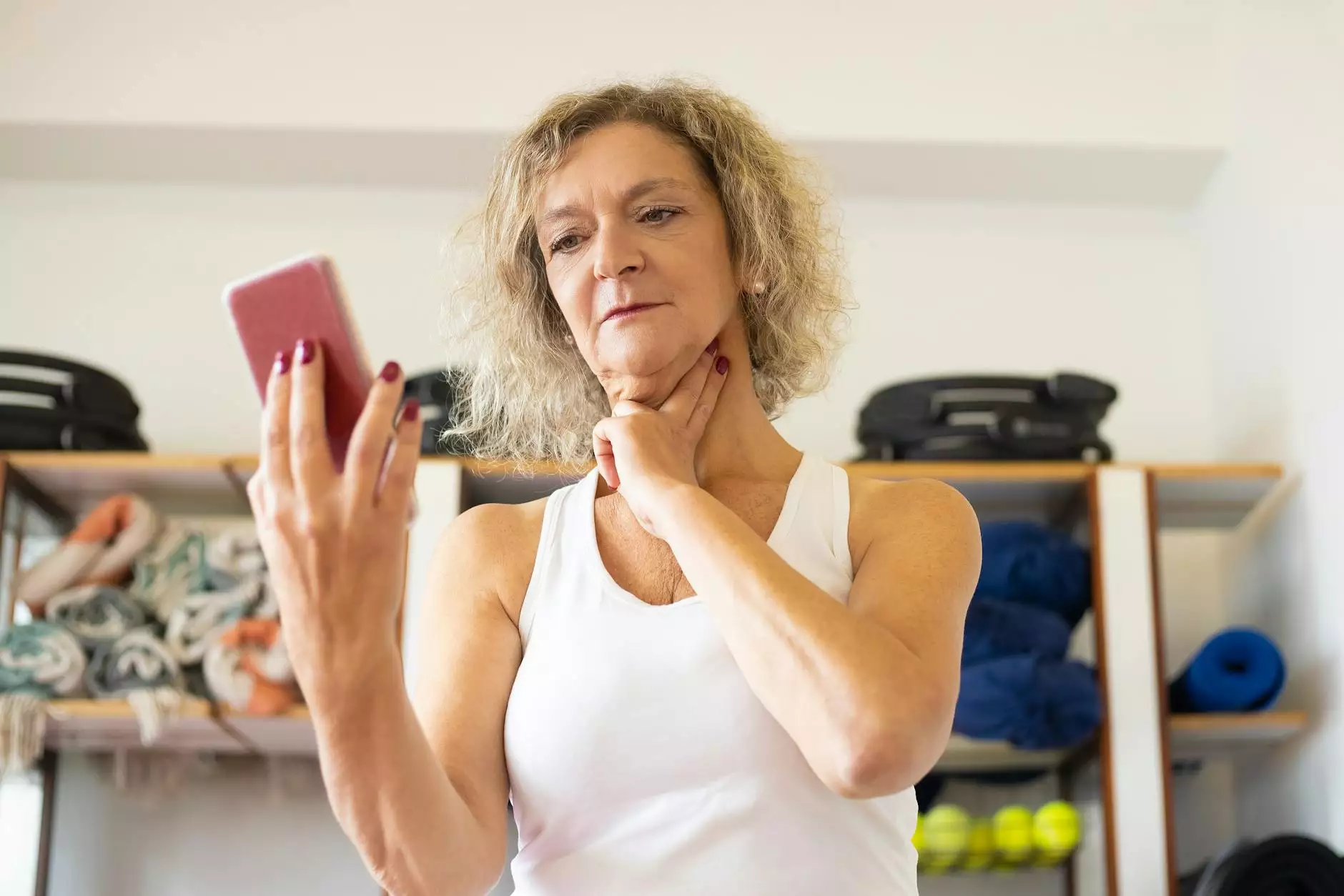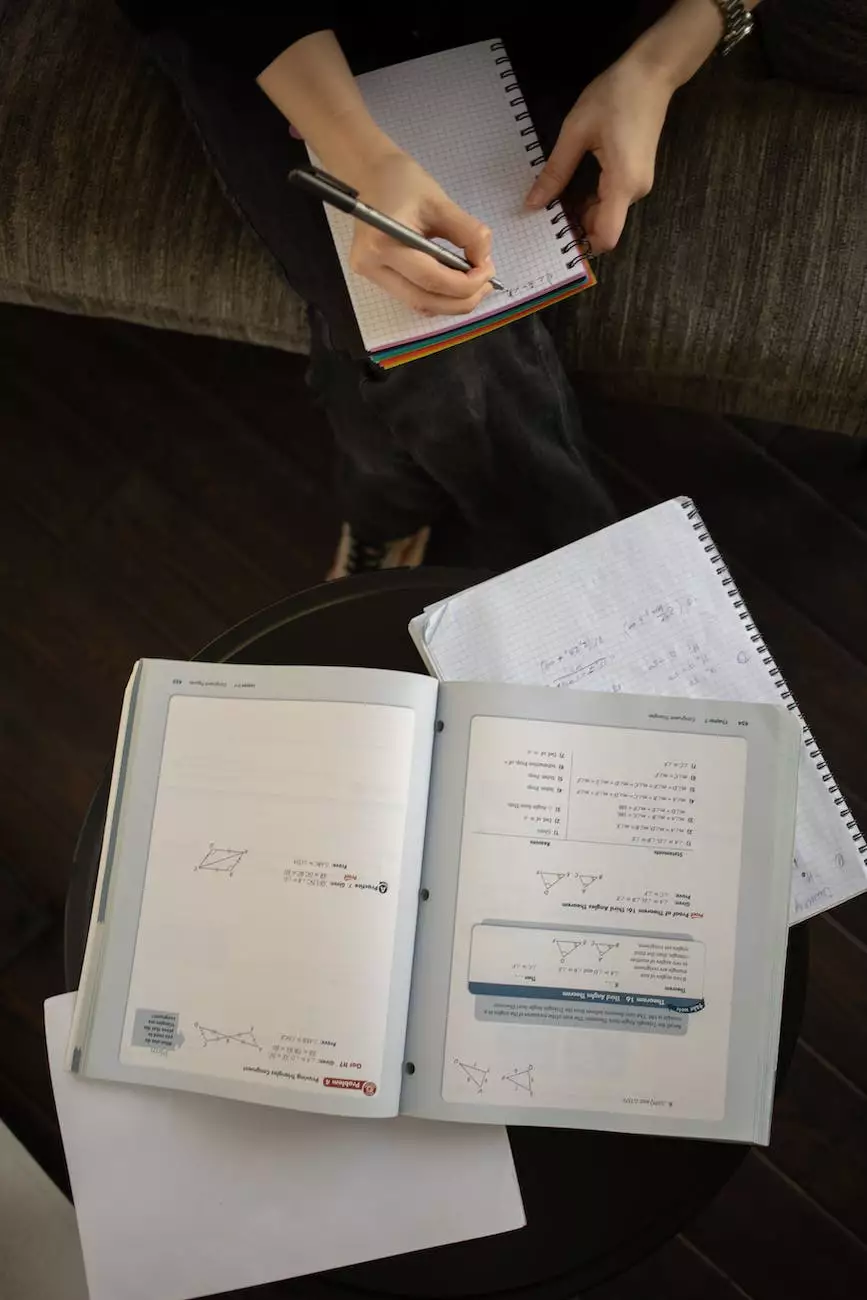Breast Self-Exam
About Summit Cancer
Welcome to the comprehensive guide on breast self-examination brought to you by Sibel Blau, a trusted name in the field of oncology. We understand the importance of early detection and aim to equip you with the knowledge and skills needed to perform a thorough and effective breast self-examination.
The Importance of Breast Self-Exam
Performing regular breast self-exams is crucial for early detection of any abnormalities in your breast tissue. By familiarizing yourself with the usual look and feel of your breasts, you can promptly identify any changes that may occur. Early detection is key in increasing the chances of successful treatment for breast conditions, including breast cancer.
Step-by-Step Guide to Breast Self-Exam
Follow these simple steps to perform a breast self-exam:
- Preparation: Find a comfortable, well-lit space where you can conduct the exam. Remove your clothing from the waist up and stand in front of a mirror.
- Visual Examination: Start by visually inspecting your breasts. Observe their size, shape, and the presence of any visible changes such as dimpling, puckering, or redness.
- Arm Movements: Raise both arms over your head and observe any changes in the shape or contour of your breasts.
- Lie Down: Lie down on a flat surface, such as your bed, and place a pillow under your right shoulder. Use the pads of your fingers, moving in small circular motions, to examine your right breast. Cover the entire breast area, including the armpit and collarbone.
- Pelvic Pressure: Apply firm pressure with your fingers as you move across the breast in an up-and-down pattern, systematically examining the entire area. Focus on identifying any lumps, thickening, or localized tenderness.
- Nipple Examination: Gently squeeze each nipple and check for any discharge or changes in its appearance.
- Repeat on the Other Side: Once you complete the examination on your right breast, repeat the same steps for your left breast.
Expert Tips and Advice
To ensure an effective breast self-exam, keep the following tips in mind:
- Consistency: Perform a breast self-exam once a month, ideally a few days after your menstrual period ends. If you no longer menstruate, choose a specific day each month.
- Thoroughness: Cover the entire breast area, including the upper chest and armpit region. Use the pads of your fingers rather than the tips for better sensitivity.
- Familiarity: Get to know your breasts' normal look and feel so you can easily identify any changes that occur. Remember, everyone's breasts are unique.
- Seek Professional Guidance: If you notice any changes or abnormalities during your breast self-exam, do not hesitate to consult with a medical professional or your healthcare provider.
Debunking Breast Self-Exam Myths
Let's separate fact from fiction by debunking some common myths related to breast self-exams:
Myth: Breast Self-Exams Are Not Necessary
Fact: Regular breast self-exams play a vital role in early detection, empowering individuals to take control of their breast health and identify potential issues promptly.
Myth: Only Older People Need to Perform Breast Self-Exams
Fact: Breast self-exams are recommended for individuals of all ages, as breast conditions can occur at any stage of life. Starting a routine early on creates a baseline for comparison in the future.
Myth: You Can Only Detect Breast Cancer through Mammograms
Fact: While mammograms are an essential diagnostic tool, they are not foolproof. By performing regular breast self-exams, you can identify changes that may not be detected by a mammogram.
Myth: All Breast Lumps Are Cancerous
Fact: Not all breast lumps are cancerous. In fact, the majority of lumps turn out to be benign. However, it's crucial to have any unusual lumps or changes assessed by a healthcare professional.
Conclusion
Taking the time to perform regular breast self-exams is a simple yet powerful step you can take to prioritize your breast health. By following the step-by-step guide, incorporating expert tips, and debunking common myths, you are well-equipped to take control of your breast health. Remember, early detection can save lives, so make breast self-exams a habit today.




